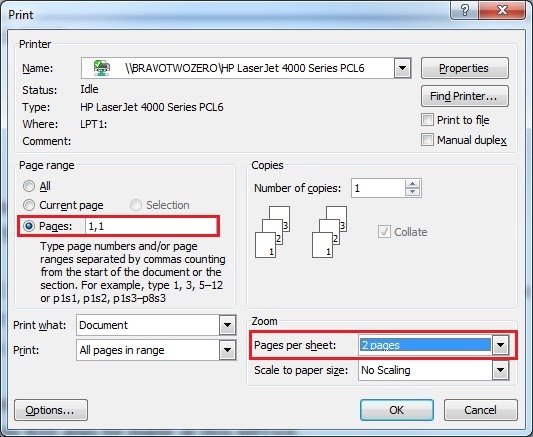You probably assume that each new Word 2016 document starts with a page size reflecting a typical sheet of paper. Such foolishness. Word’s Normal template does specify a page size equivalent to a standard sheet of paper. In the United States, that’s 8-1/2-by-11 inches. In Europe, the A4 size is used.
2020-4-3 If you are changing the page size for a document that already contains information, be sure to go through the document and fix any page elements that may have changed to the page size adjustment. Step 1: Open your document in Microsoft Word 2010. Step 2: Click the Page Layout tab at the top of the window. Step 3: Click the Size button in the.
You’re not stuck with either size, because the page size is part of the page format, and you can change it. Follow these steps:
Click the Layout tab on the Ribbon.
In the Page Setup group, click the Size button.
The Size button icon is shown here.
Choose a page size from the list.
For example, if you want to print on that tall, legal-size paper, choose Legal from the list.
Your entire document is updated to reflect the new page size, from first page to last.
To select a size not shown on the menu (refer to Step 3), choose the More Paper Sizes menu item. The Page Setup dialog box appears. Use the controls on the Paper tab to manually specify the paper size.
Page size can be changed at any time, whether the document is empty or full of text. Obviously page size affects layout, so such a major change is probably something you don’t want to do at the last minute.
Your document can sport multiple page sizes. To do so, split the document into sections and apply the page size to one section at a time. Applying page formats one section at a time is done in the Page Setup dialog box.
Page size definitely plays a role when a document is printed. Despite your zeal to choose an oddball page size, unless the printer can handle that size paper, the document can’t be printed. It can, however, be published electronically.
:max_bytes(150000):strip_icc()/002_changing-the-paper-size-in-word-4092588-5c53a1f846e0fb000152e4e4.jpg)
The default paper size in Microsoft Word is 8.5 x 11 inches –the standard size (called Letter), which conveniently fits in most printers and copy machines in the United States. You can choose a different paper size and orientation, though.
Whenever Word starts a new document, it does so based on a group of settings stored in a template called Normal. A templateis a configuration file that governs the default settings for the documents that are based on it. These settings include specifications for a paper size of 8.5 x 11 inches. If you want the document to have a different paper size — say, for a brochure — choose Page Layout→Size and then choose a different paper size from the drop-down list.

In addition to Letter size, Legal size is the other major size used in the United States: 8.5 x 14 inches. In other countries, though, standard paper size is different. For example, in Europe, A4 paper is the standard size, at 8.27 x 11.69 inches.
Page orientation determines whether the height or the width of the page is greater. If the text is parallel to the narrow edge, that’s Portrait. If it’s parallel to the wide edge, that’s Landscape.
A3 Page Size Microsoft Word Mac 2017
Portrait (taller than wide) is the more common orientation, used for most correspondence and reports. Landscape orientation (wider than tall) is used for brochures, certificates, and calendars, all of which fit naturally into the wider format.
Microsoft Office Mac
To change the page orientation, choose Page Layout→Orientation and then click Portrait or Landscape.